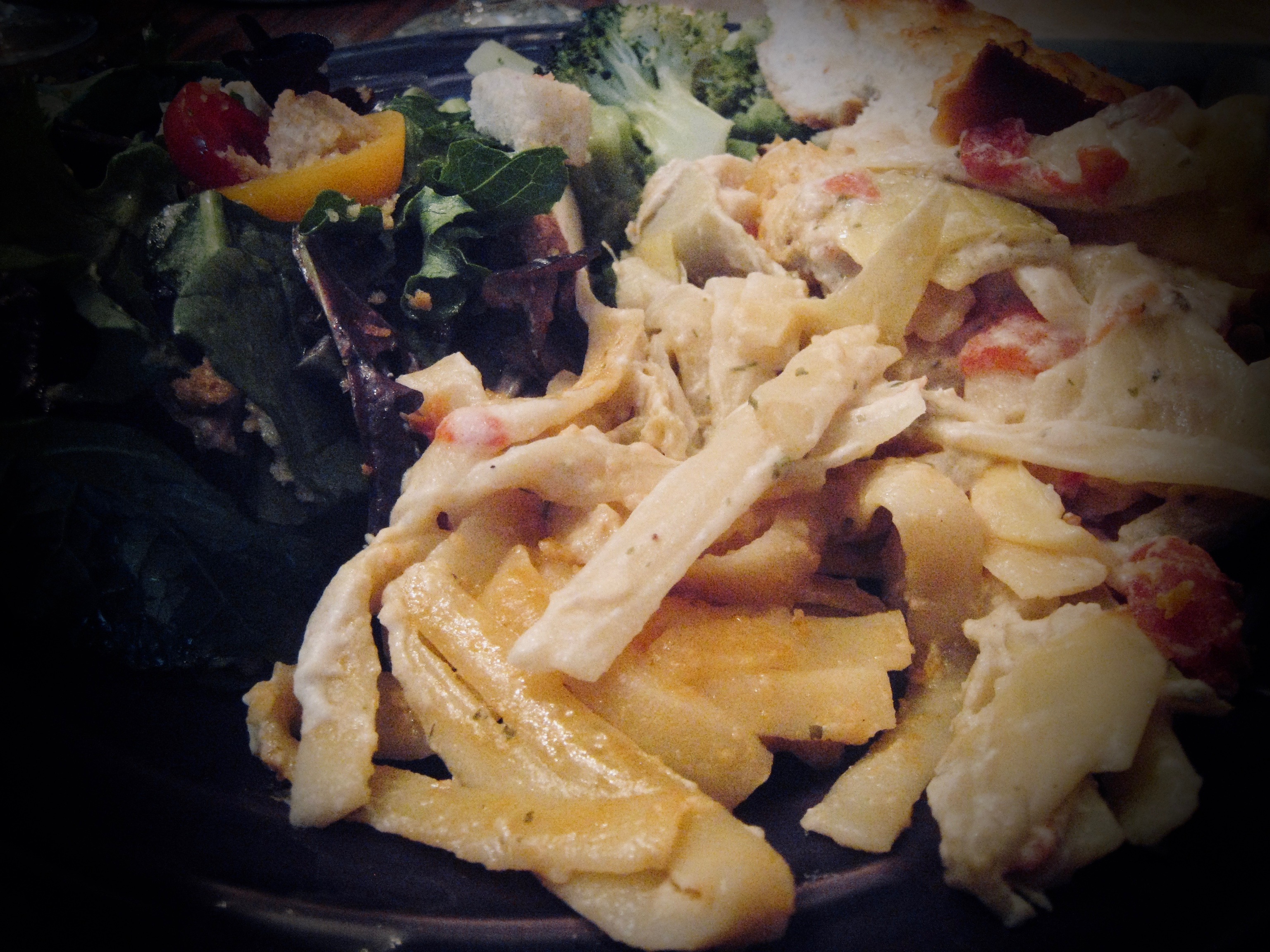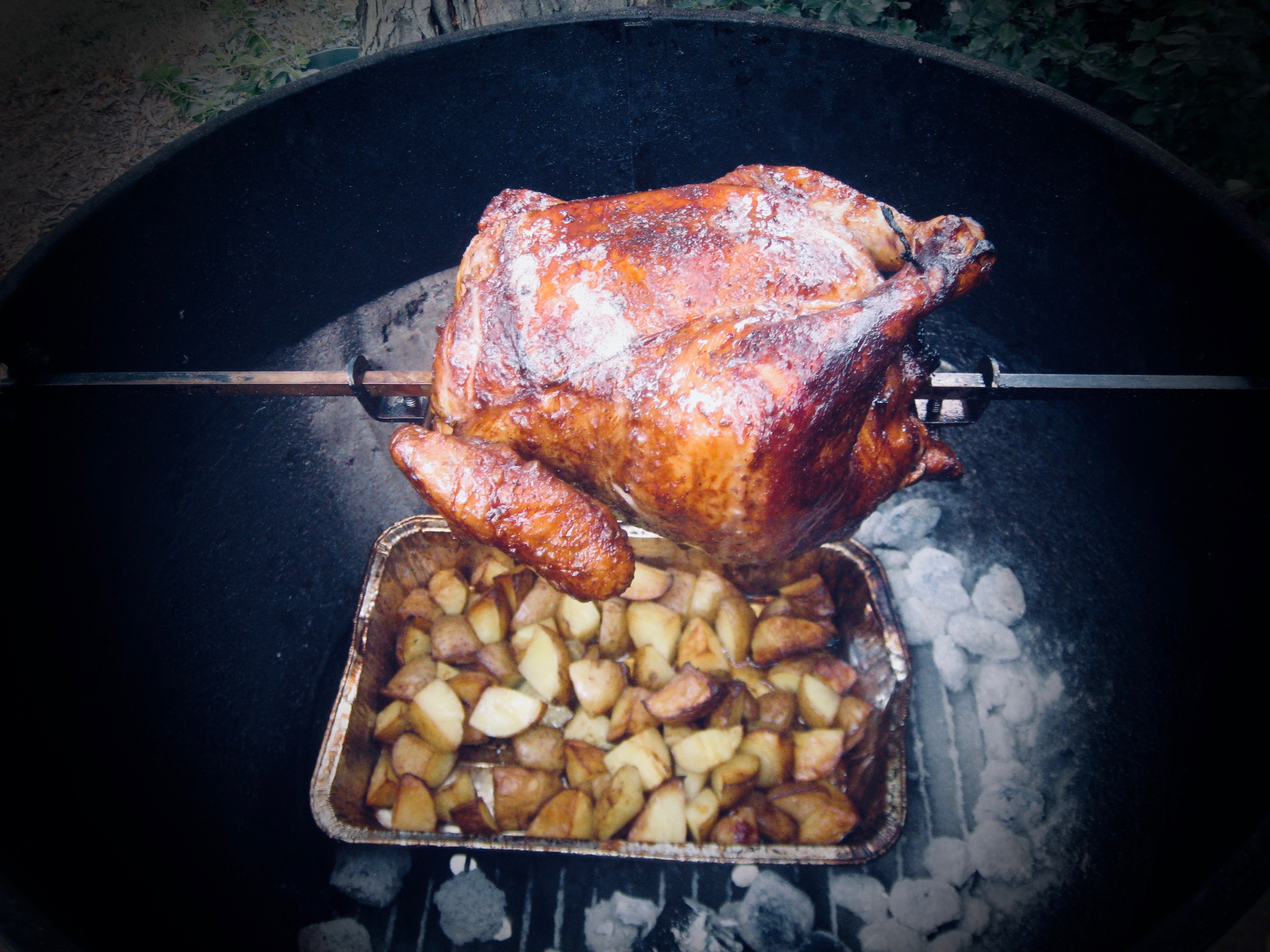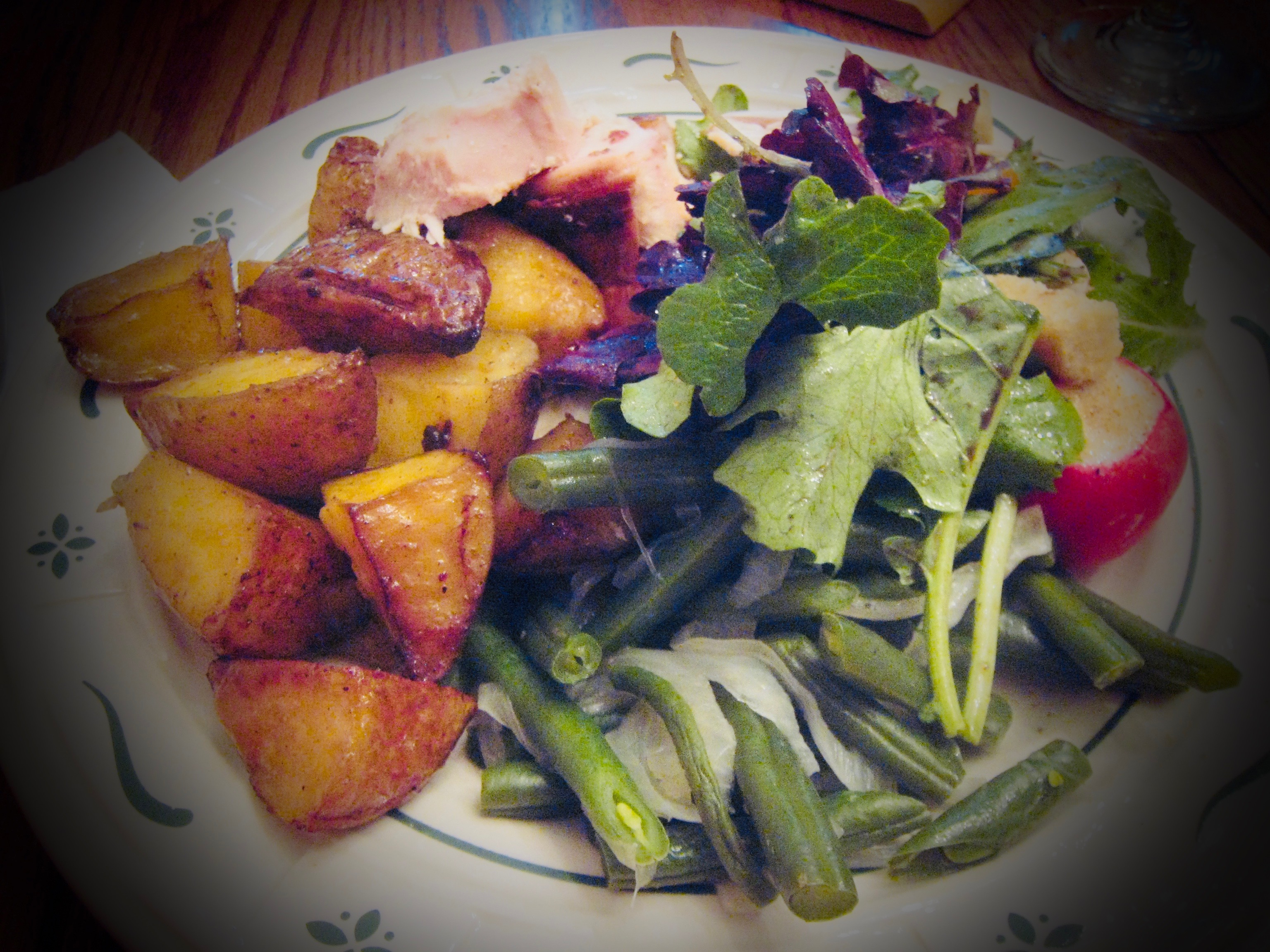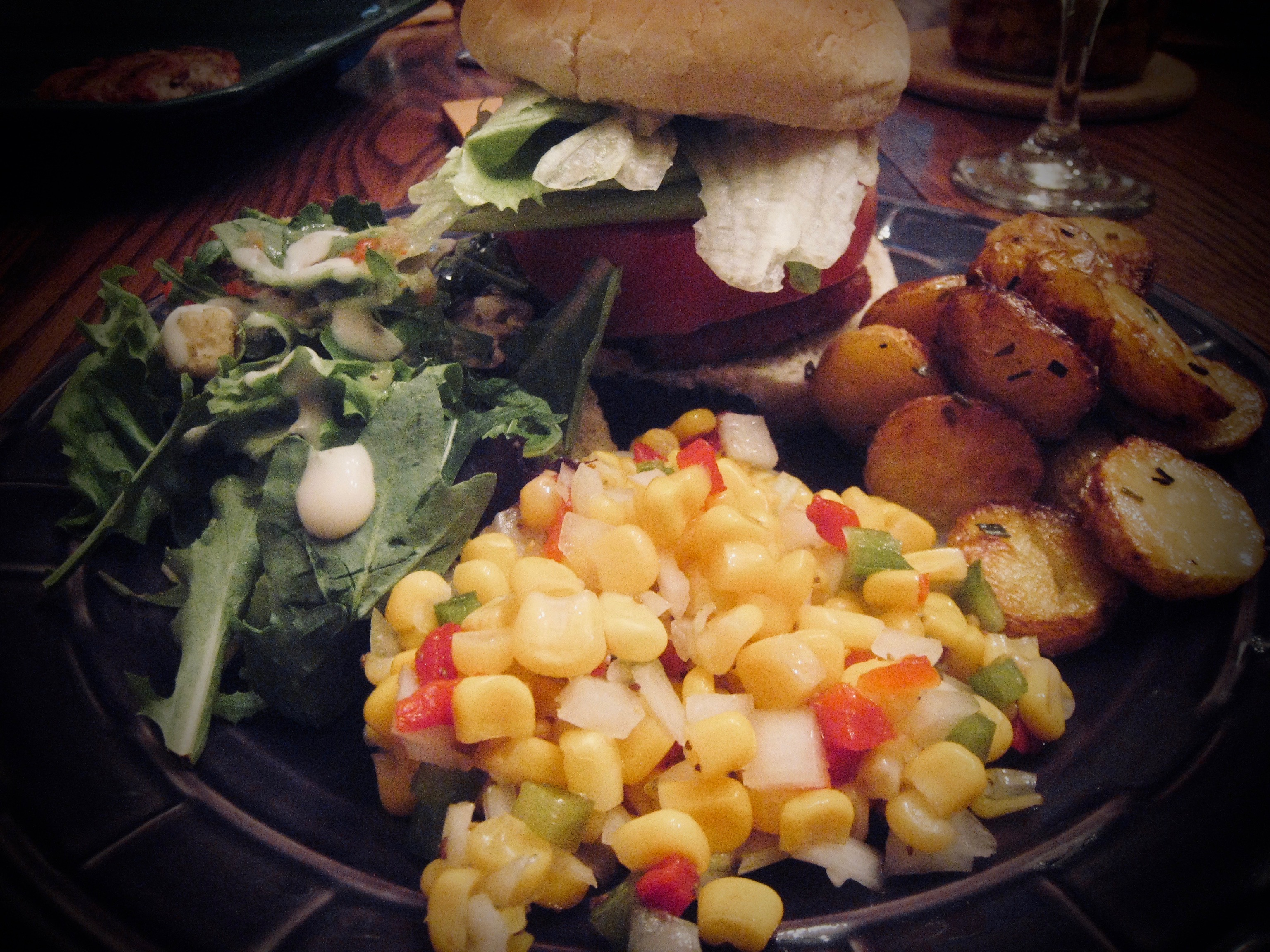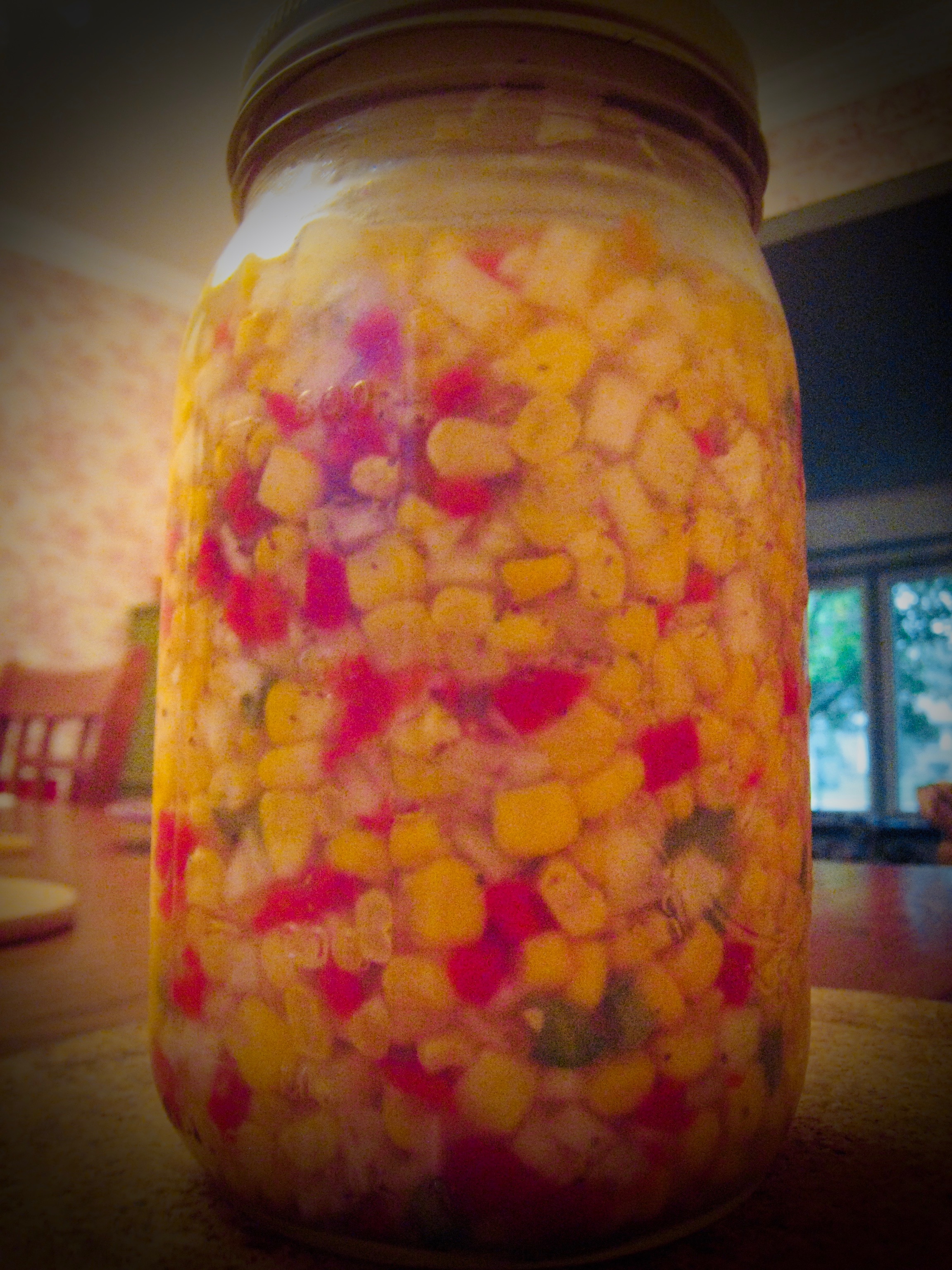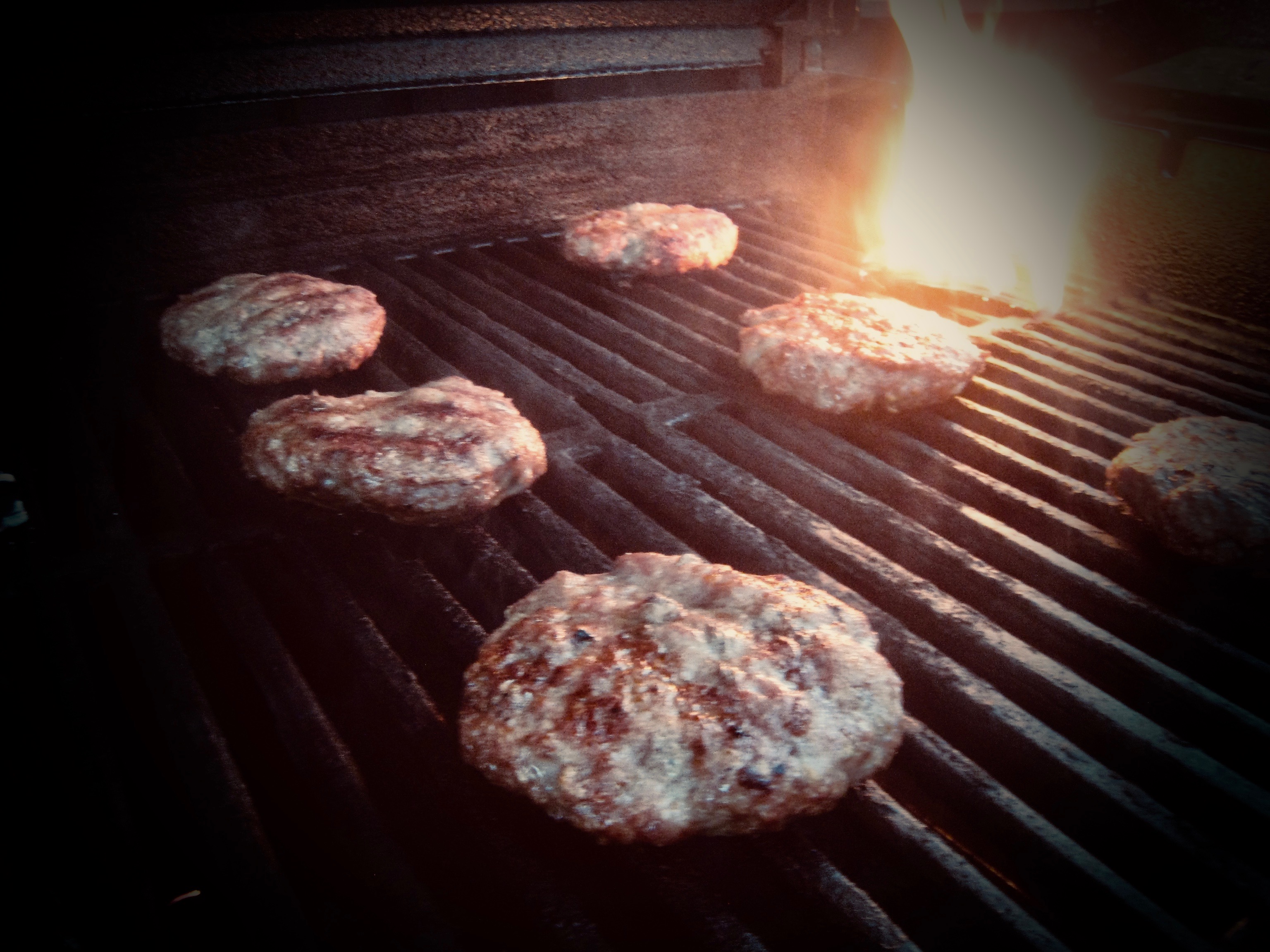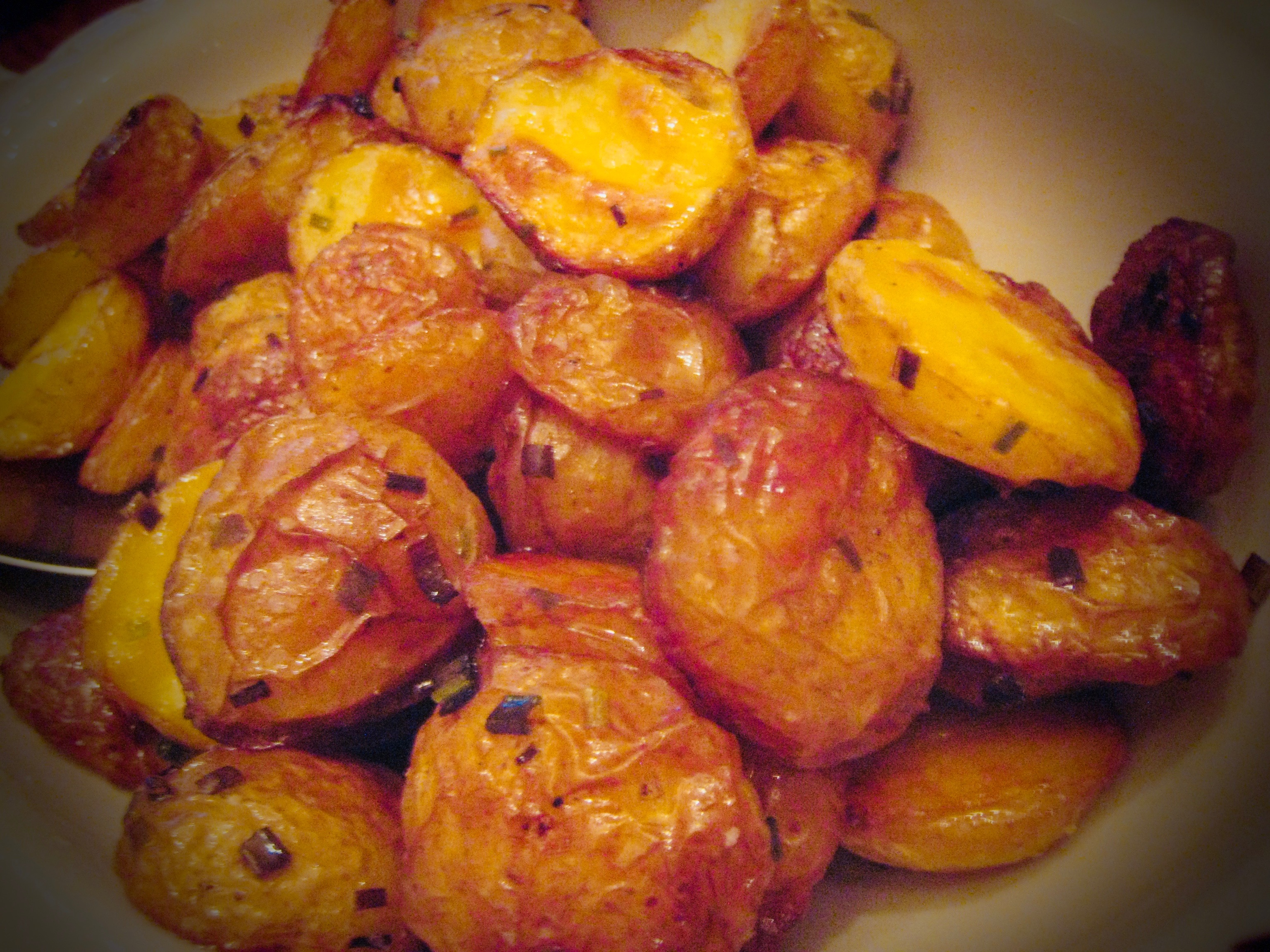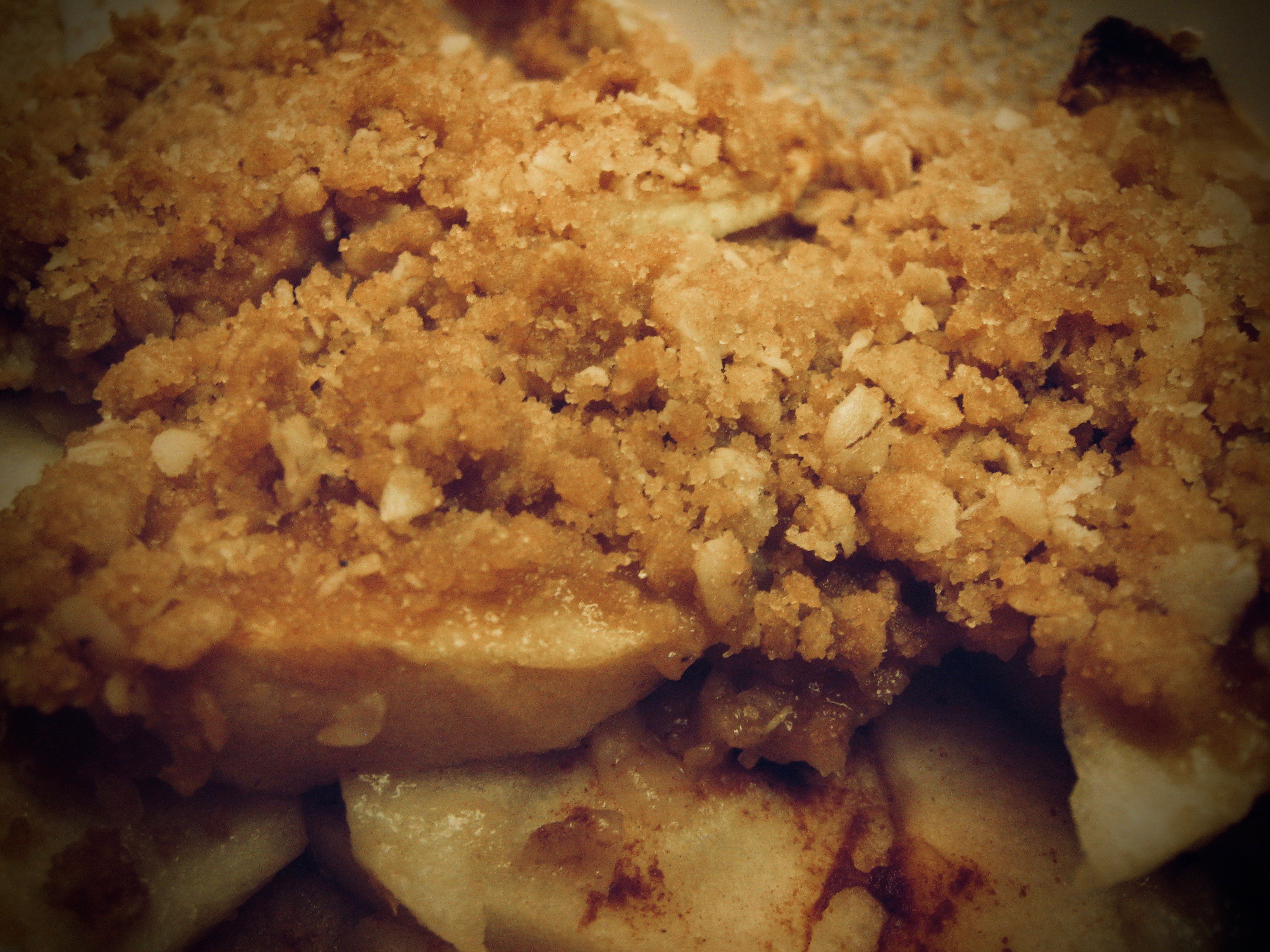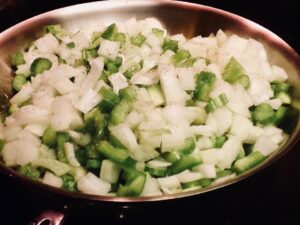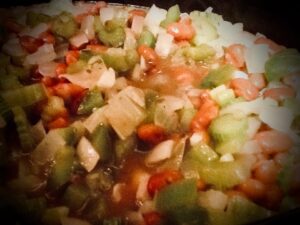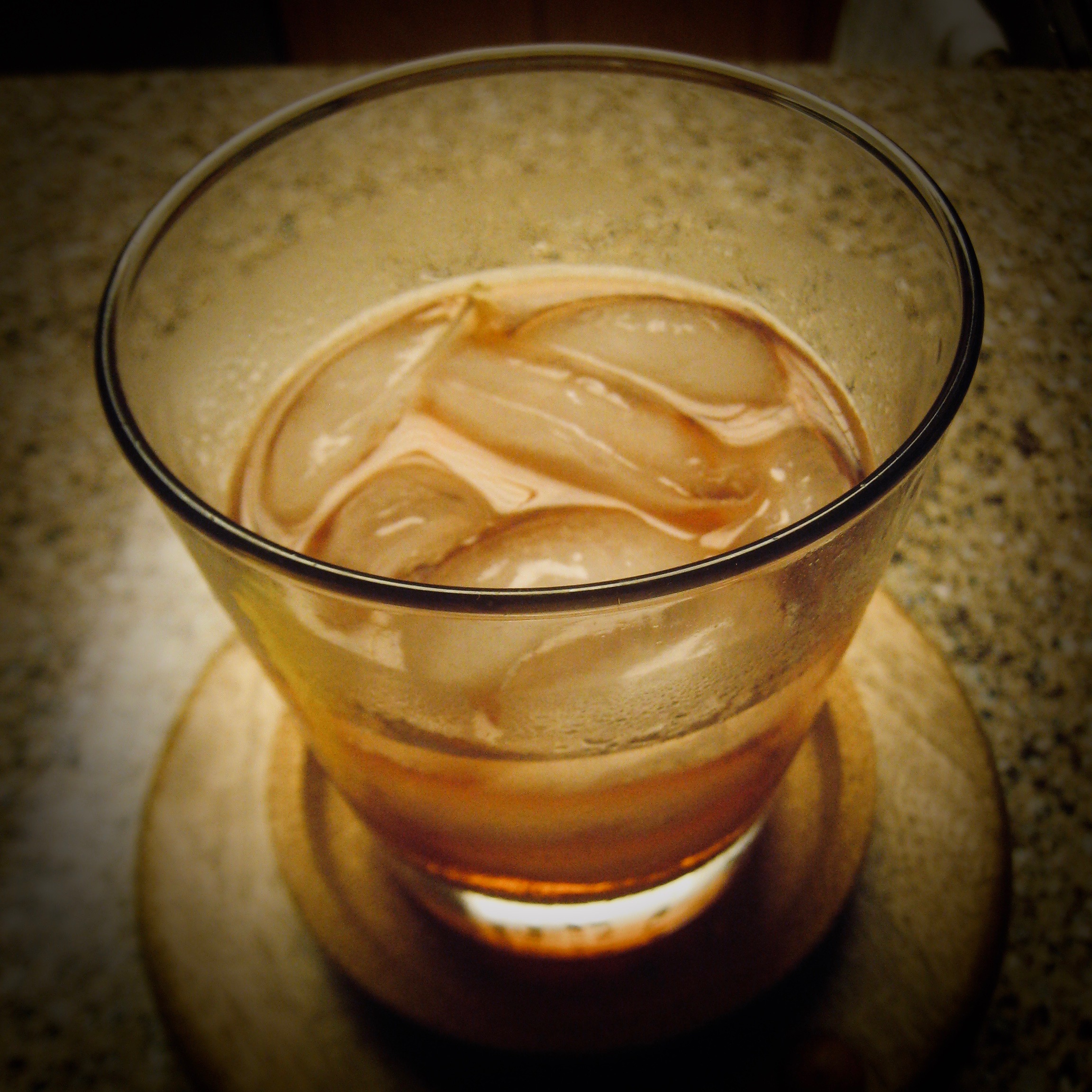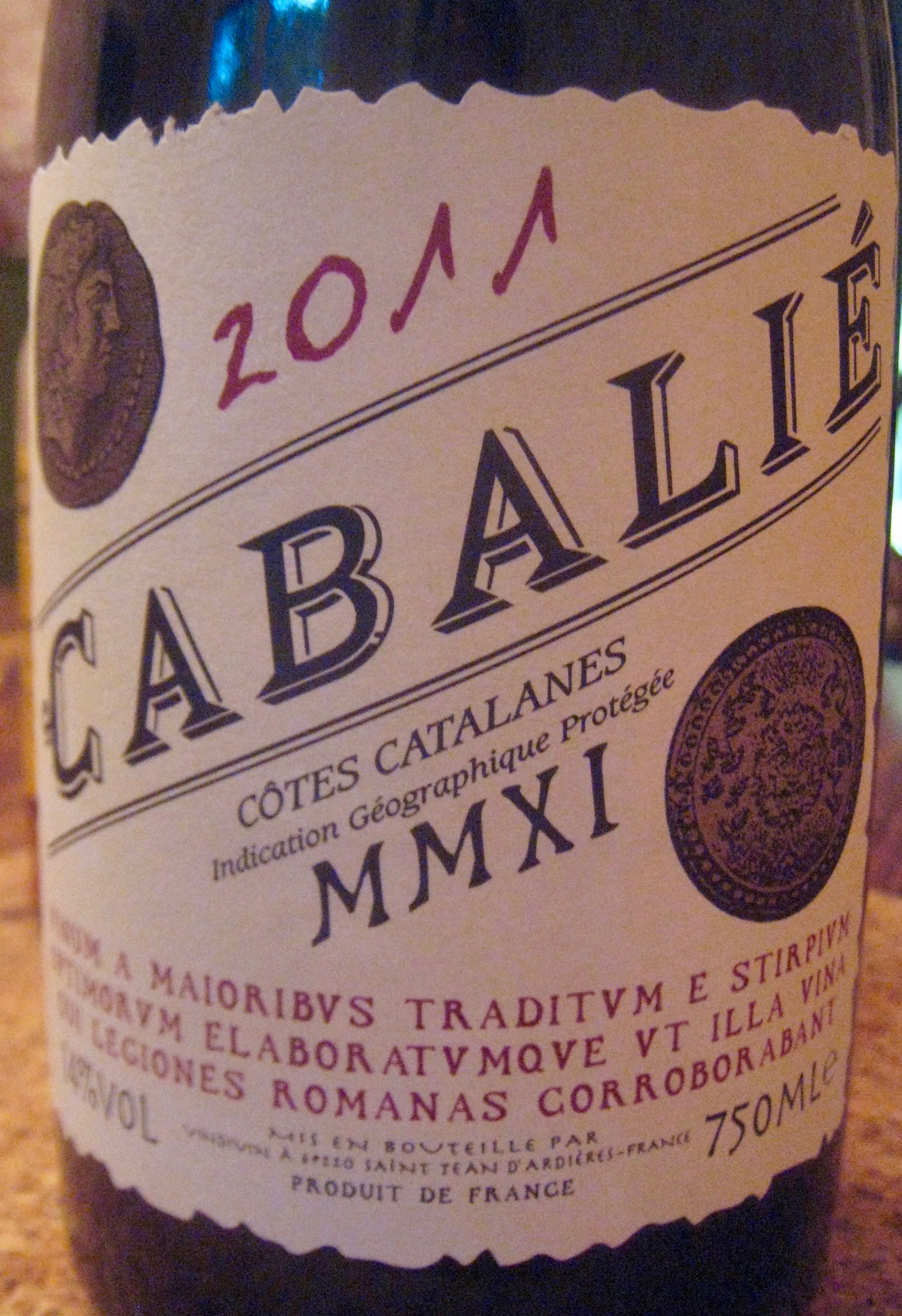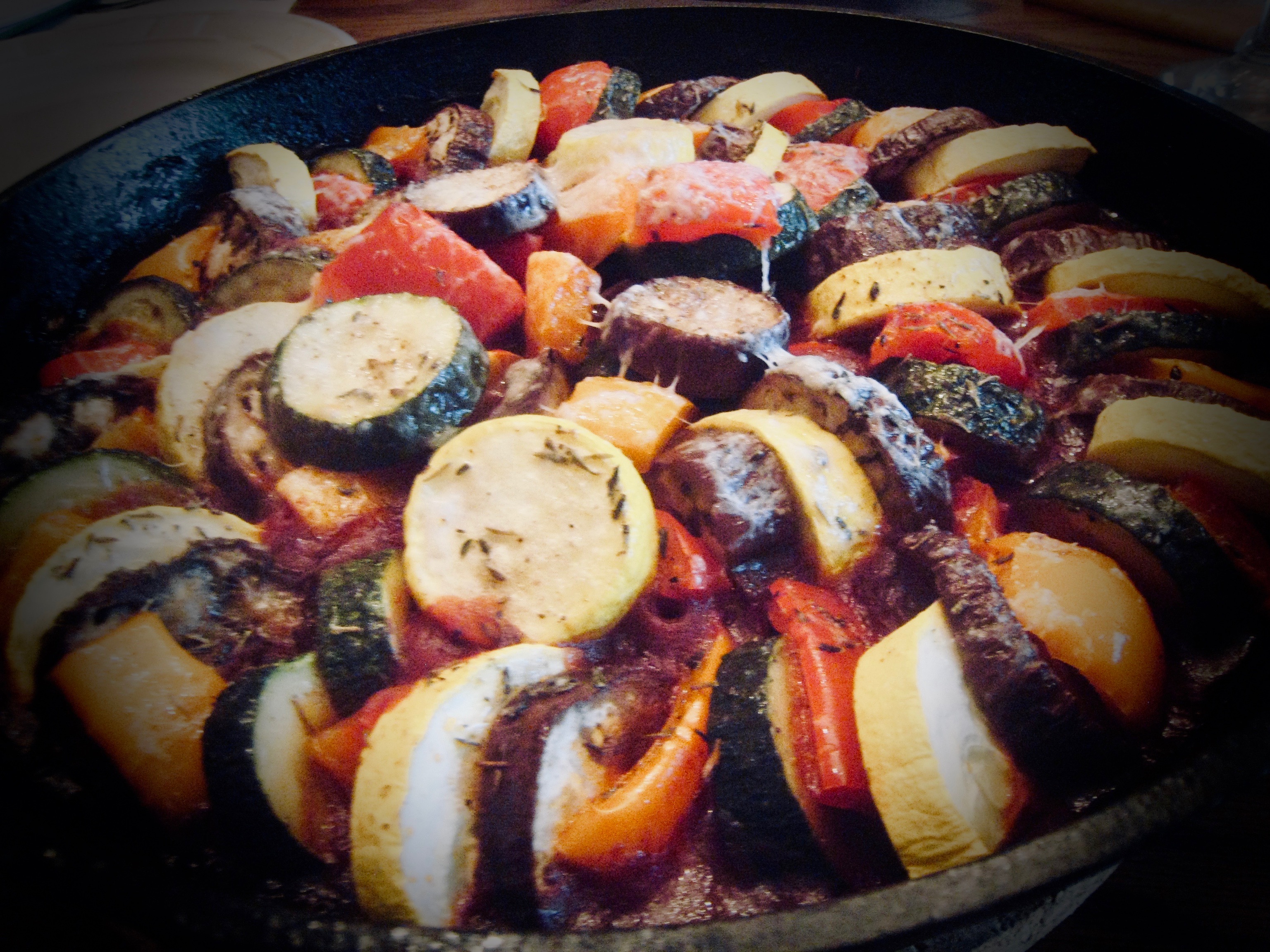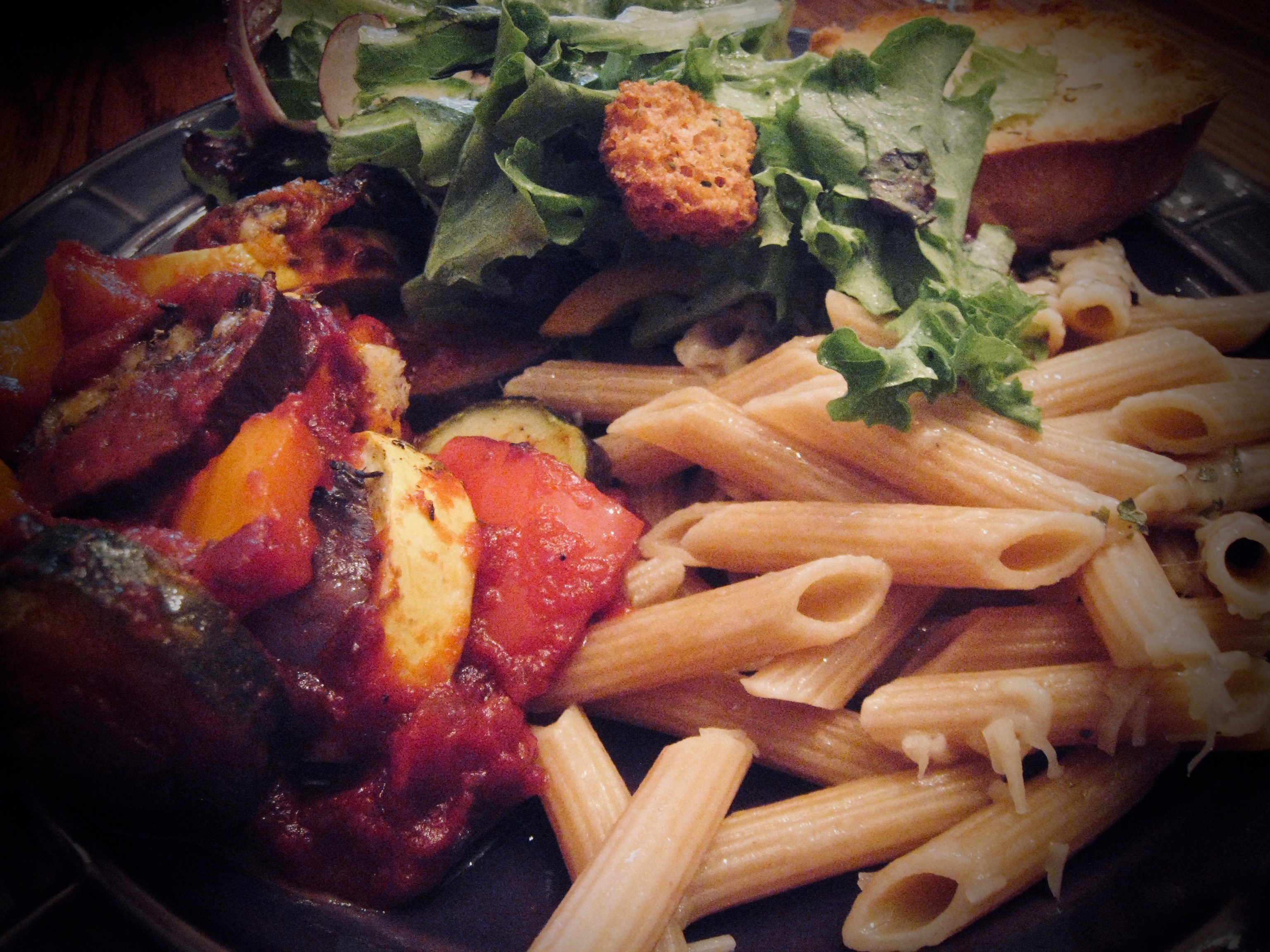Sunday Dinner – 21 October 2018
Claudia made one of our favorite dishes for Sunday Dinner this week.
Aunt Pat is back with us from her trip out west, and we also were happy to have our son, James, visiting this weekend. Claudia made Fettuccini Alfredo, with marinated artichokes, roasted red peppers, tomatoes and chilis. It’s been a family favorite for years. She also cooked broccoli with garlic butter, and made a beautiful green salad.
We started with some antipasti (cheeses, salami, olives, etc.). The wine was Jacqueline Bahue’s delicious Sauvignon Blanc. Aunt Pat provided dessert, a lovely lemon pie from Baker’s Square.
Recipe for the pasta dish to come, if I can talk Claudia into it. 🙂
